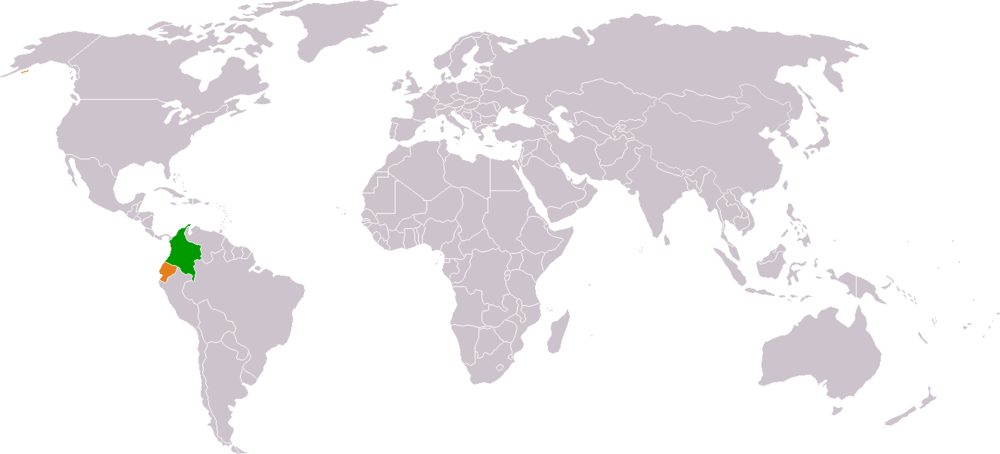The Sex Trafficking of Colombian Women
 The story is not new. Impoverished women from unstable countries lured by lucrative job offers agree to be smuggled across borders by unsavory characters promising well-paid work in bars and restaurants. Although guaranteed a safe passage to a better life, most women arrive in their destination country hungry, exhausted and robbed of their money, passports and what few belongings they brought with them. A few lucky women escape en route, but most find themselves forced into the sex industry of a foreign country. Add in rampant political violence and dire poverty and it’s now describing the plight of thousands of Colombian women in the commercial sex industry of Ecuador.
The story is not new. Impoverished women from unstable countries lured by lucrative job offers agree to be smuggled across borders by unsavory characters promising well-paid work in bars and restaurants. Although guaranteed a safe passage to a better life, most women arrive in their destination country hungry, exhausted and robbed of their money, passports and what few belongings they brought with them. A few lucky women escape en route, but most find themselves forced into the sex industry of a foreign country. Add in rampant political violence and dire poverty and it’s now describing the plight of thousands of Colombian women in the commercial sex industry of Ecuador.
The internal conflict in Colombia has caused an estimated 3-4 million displaced persons since its inception in 1948. It is estimated that 35,000 Colombians illegally migrate each year, of which 90 percent suffer some form of exploitation. Many Colombian women come to Ecuador to apply for refugee status but are coerced upon arrival in the border towns into human trafficking rings for survival. The majority of the Colombian refugees are single mothers, fleeing the violence that has killed their boyfriends, husbands, fathers and brothers.
Prostitution is legal and regulated in Ecuador for all persons over the age of 18. All brothels and prostitutes are required to register with the Ecuadorian government so health officials can monitor the spread of STDs and AIDS. Yet the current influx of trafficked Colombian women moving further into the interior of Ecuador allow trafficked women to remain unseen by the Ecuadorian government. As the Jesuit Refugee Service, which works with Colombian refugees in Lago Agrio, points out in a report, Colombian refugees too often find that their physical security is threatened within Ecuador’s borders.
Since 2008, organized crime rings specializing in human trafficking have taken full advantage of Ecuador’s open borders. Trafficked women from Colombia can easily walk through border control, lost among the mass of refugees. The Ecuadorian government and more recently the Ecuadorian military are overwhelmed with the influx of Colombian refugees crossing the border, leaving very little resources to wage an effective anti- trafficking campaign in the Northern Border.
It is not only Colombian women being trafficked into and through Ecuador but also African and Middle Eastern international crime rings. Yaee Dawit Tadese, alias Jack Flora (Osama bin Laden’s cousin), the most important human trafficker in Africa, who was in charge of trafficking networks in Kenya and Eritrea, was arrested on the Caribbean coast while trafficking African and Asian nationals through the open Ecuador borders. The United States was their final destination.
While the Ecuadorian government has taken steps to decrease human trafficking into its borders, the number of humans smuggled through Ecuador continues to rise. With the current open border policy allowing nationals from 130 countries free 90-day tourist visas upon arrival, Ecuador continues to be used as a transit and destination country for human trafficking.
